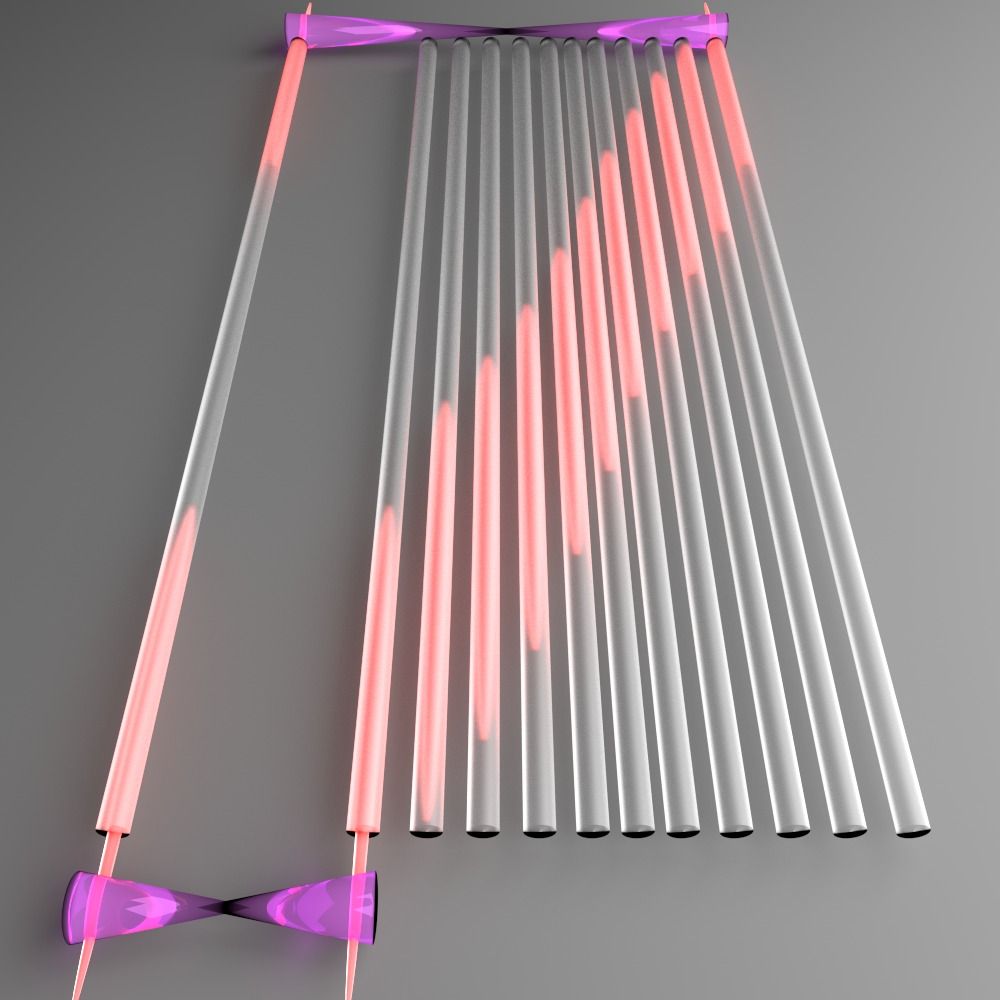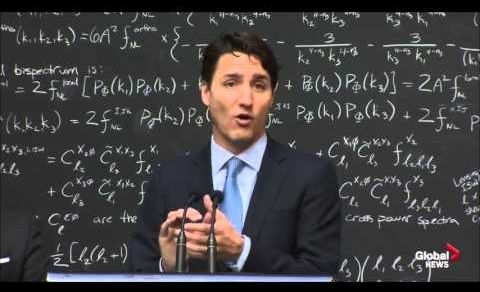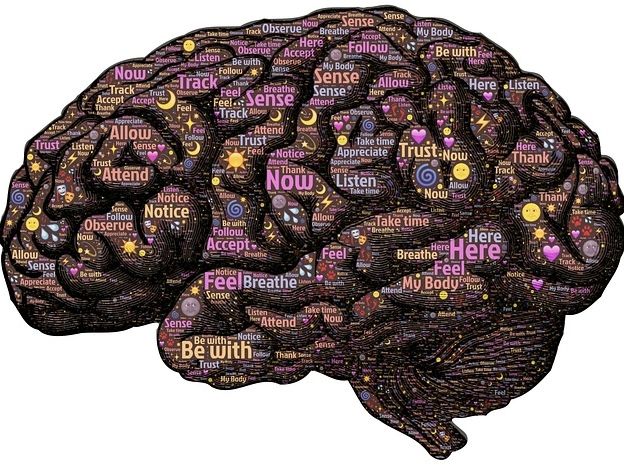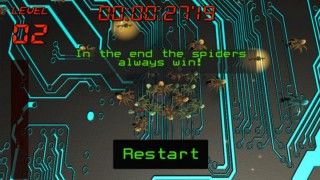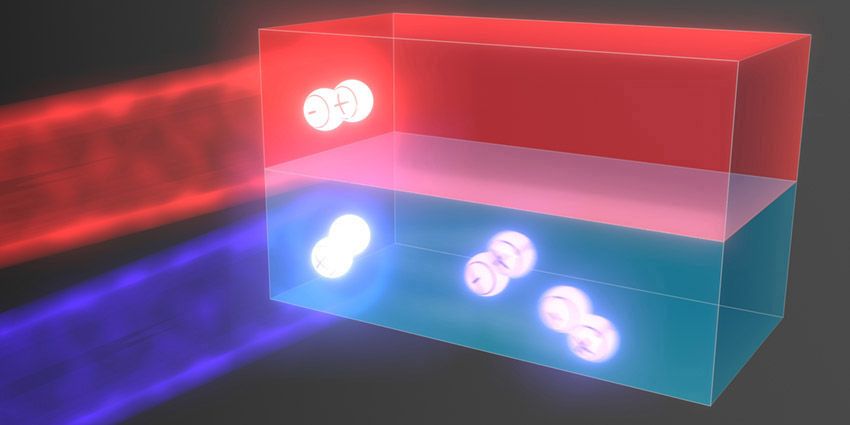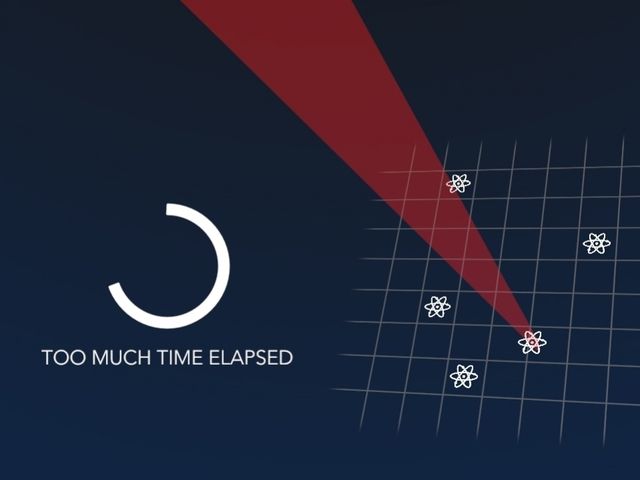Australia is making great strides in this area as well.
Scientists are racing to deploy foolproof quantum encryption before quantum computers come along that render all our passwords useless.
Passwords work today because the computers we have, while theoretically capable of breaking passwords, would take an impractical amount of time to do so.
“The encryption schemes today are based on factoring and on prime numbers, so if you had a computer that could factor instantly, if it did that today it could break all encryption schemes,” said David Awshalom, an experimental physicist at the University of Chicago’s Institute of Molecular Engineering.

